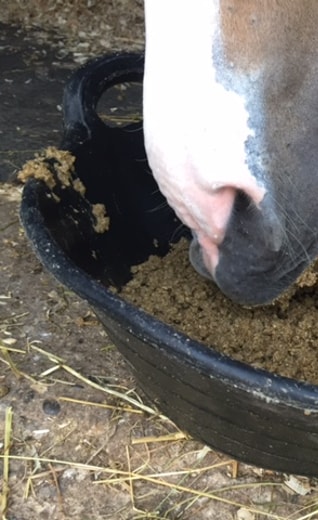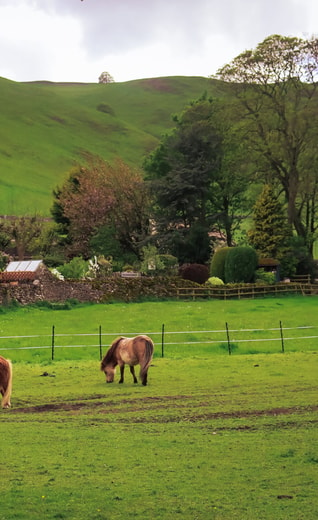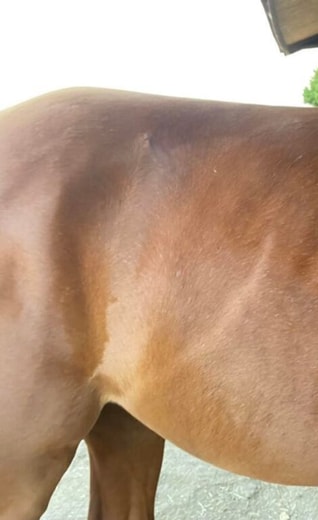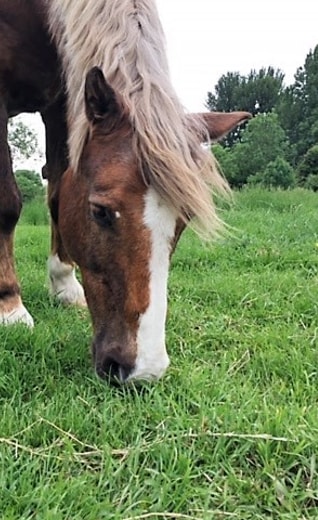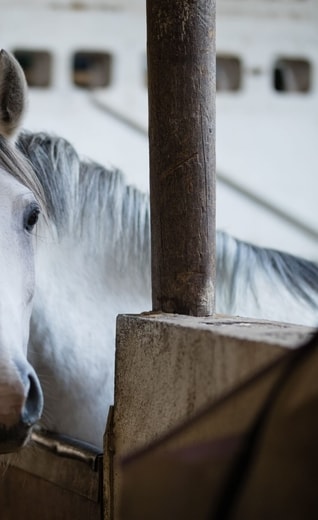
Sarah Nelson
7 Tips for choosing a balancer
Published June 22, 2020If your horse maintains weight easily (or too easily!) on forage alone, a balancer is the ideal way to provide essential nutrients without excess calories. However with so much choice available, we know that deciding which balancer is right for your horse can sometimes feel like a bit of minefield. If this sounds familiar we hope the following tips help to point you in the right direction…
- 1. Consider which, if any functional ingredients may be most beneficial for your horse. If you are simply looking to provide nutrients to balance a forage based diet, look for a balancer without added bells and whistles such as joint and digestive support.
- 2. If your horse or pony is on restricted forage, look for a balancer that is high in lysine. Lysine is considered the most important essential amino acid (building block of protein) and plays a key role in supporting muscle and topline. If protein and lysine requirements are not met, the body will break down lean tissue (muscle) to meet demand. In addition to compromising topline, burning muscle instead of fat slows metabolism.
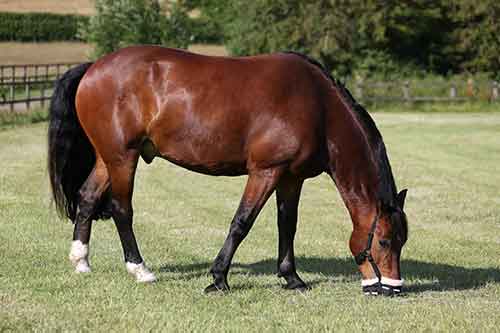
- 3. If you are competing look for a balancer that is BETA (British Equestrian Trade Association) NOPS (Naturally Occurring Prohibited Substances) approved. A naturally occurring prohibited substance is one that is either naturally present in certain ingredients or one that occurs as a result of inadvertent cross contamination e.g. during the growing, storage or transport of ingredients or during the manufacturing process. Members of the BETA NOPS assurance scheme must comply with and be audited against a strict code of conduct which requires them to evaluate the risk of contamination during every step of the manufacturing process ‘from field to sack’. Look for the BETA NOPS approval mark on pack.
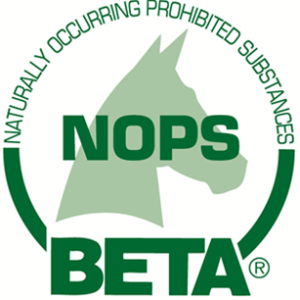
- 4. Choose a specialist stud balancer for pregnant (final 3 months) and lactating mares, foals and growing horses under the age of 2 and stallions.
- 5. Consider a balancer that doesn’t contain added iron. Forage is naturally high in iron and in the large majority of cases, far exceeds daily requirements, even for horses on restricted rations.

- 6. When looking at the nutritional analysis remember that percentages only tell part of the story. Due to the low feeding rate (typically 500g per day for a 500kg horse), balancers provide a negligible level of starch and sugar when fed at the recommended ration making them ideal an ideal choice for natives, laminitics and those prone to excitability. A balancer with a combined starch and sugar content of 15% will contribute just 75g of starch and sugar to the total diet when fed at 500g per day. A 350kg pony turned our 24/7 may consume up to 2.6kg of simple sugars from grass alone!
- 7. Balancers are not ‘conditioning’. Due to the low feeding rate, all balancers (except stud balancers) provide a negligible level of calories when fed at the recommended ration. In fact, the recommended ration of balancer is approximately 5-6 times lower in calories than recommended ration of ‘low calorie’ compound feed. If your horse needs additional calories, look for a suitable compound feed, fibre or mash containing added vitamins and minerals.
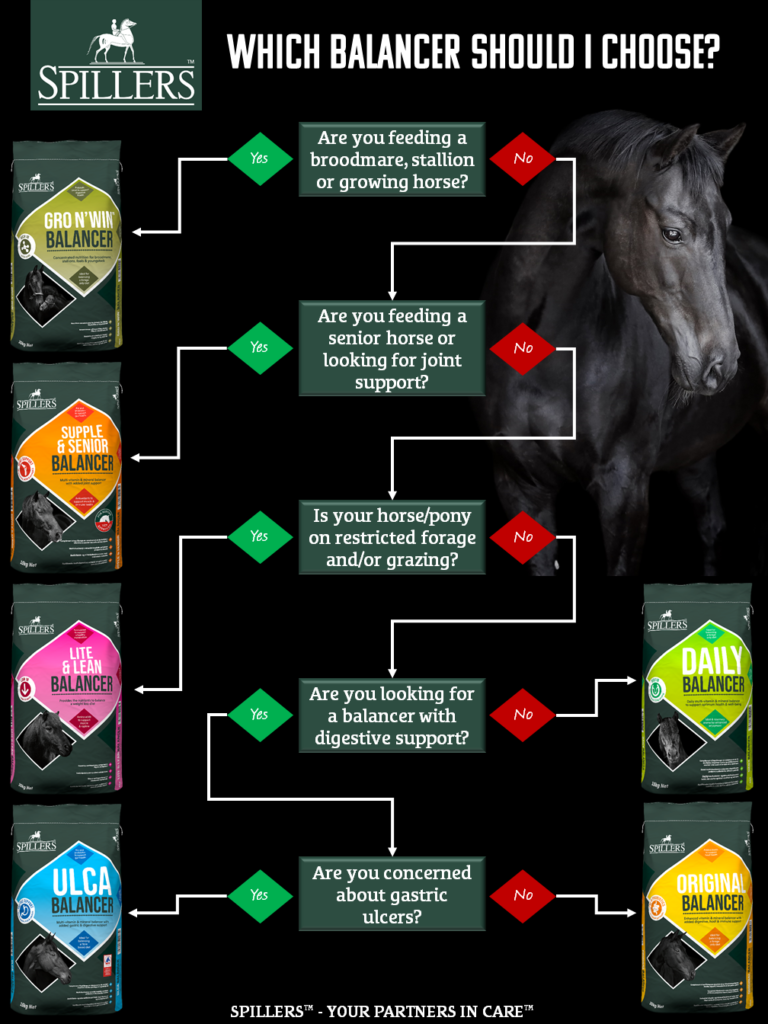
For more advice on feeding a balancer contact the SPILLERS Care-Line
